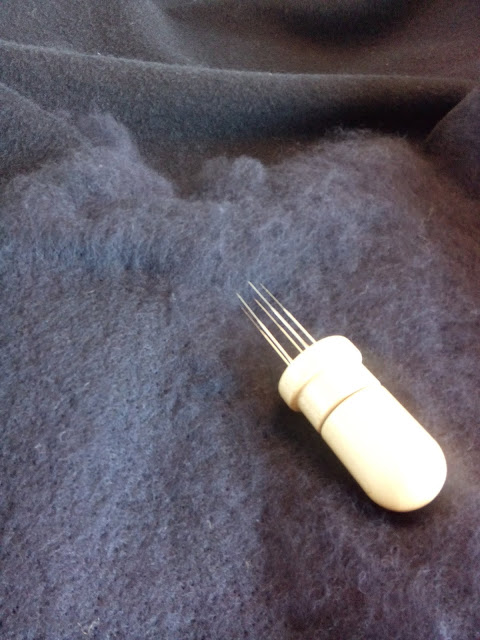3: What do we see when we look at an object?
What do we see when we look at an object? We see a thing, made
from material, which is used for something. Igor Kopitoff in his essay ‘The Cultural
Biography of Things’ (in: Social Life of Things ed. A. Appadurai, 1986) uses
the word commodity: an item with use value that also has exchange value. He
argues that, to understand the cultural meaning of a thing, we should write its
biography, just as we do for people (p66):
‘what, sociologically, are the biographical possibilities
inherent in it’s status and in the period in time and culture and how are these
possibilities realized?’
‘where does the thing come from and who made it?’
‘ what has been its career so far, and what do people consider
to be an ideal career for such things?’
‘ what are the recognized ‘ages’ in the thing’s life, and what
are the cultural markers for them?’
‘ how does the thing’s use change with it’s age and what
happens to it when it reaches the end of it’s usefulness?’
We see a life cycle here of an object, a concept that has
become more and more important. However, the power of Kopitoff, in contrast of
what we so often see: a materialistic and productional life cycle of a thing,
is his focus on the sociological and biographical aspects. That could really
add to the way designers and producers look at objects.
This also touches what Teju Cole wrote in his delicate essay
‘Object Lessons’ in ‘Known And Strange Things’ (2016) about photography of
objects in conflict or war zones. Stories of people in Ukraine or Chibok in
Nigeria relate to photographs of their belongings: the cup, shoes and haircomb
left behind and captured in an instant. “Objects, sometimes more powerfull than faces, remind us of what was and no longer is; stillness, in photography,
can be more affecting than action. This is in part because of the respectful
distance that a photograph of objects can create between the one who looks, far
from the place of trouble, and the one whose trouble those objects signify”.
The object as witness and storyteller suddenly becomes much more important than
just being a haircomb.


Reacties
Een reactie posten